St Conleth's Reformatory School, Philipstown, King's County (Now Daingean, Co. Offaly), Republic of Ireland
St Conleth's Reformatory School for Roman Catholic Boys was opened in 1870 at what was then called Philipstown, now Daingean. It was run by the Oblates of Mary Immaculate, a religious order that had originated in France in 1826 and established a mission in Ireland in 1854. In 1858, the Oblates had been asked to run the new Reformatory at Glencree. St Conleth's was second such venture to be undertaken by the Order.
St Conleth's occupied a site at the west side of Molesworth Street (now Snugboro) which had previously been used as a barracks, county gaol and convict depot, and was surrounded by a high wall. Having stood empty for a number of years, the buildings had fallen into disrepair and needed considerable renovation and alteration for use by the School. A gasworks was erected on the site to allow the establishment to be lit by gas. Hot baths were installed together with a Turkish bath. When the School officially came into operation on December 22nd, 1870, it was certified to accommodate up to 300 boys, aged from 12 to 16. Around 67 acres of adjacent farmland were also rented for use by the School.
The first manager of the new establishment was the Very Rev. J.A. Matthews, assisted by a staff of 10 Brothers and 15 paid officers.
In the first year of its operation, several boys attempted to escape. At first, of the site's history as a prison, the local people encouraged such conduct but their attitude changed and two escapees were returned by people who a few months earlier would have concealed them. The government inspector responsible for the School suggested that miscreants be housed in the old prison block on the site and given a distinctive uniform.
As well as farm work, the industrial training at the School included shoemaking, tailoring, carpentry, painting, smithwork, masonwork and baking.
The location of the School is shown on the early 1900s map below.
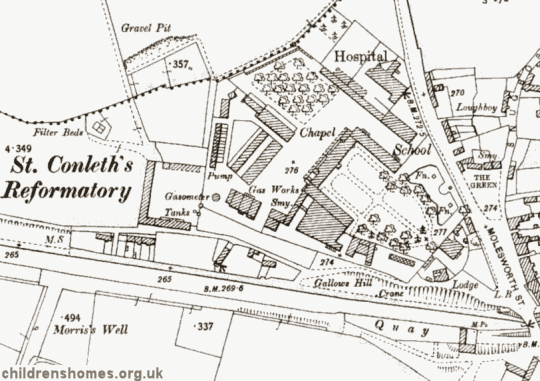
St Conleth's site, Philipstown, c.1905.
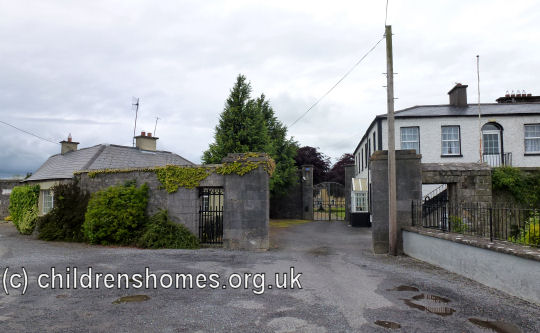
Former St Conleth's Reformatory entrance from the south-east, Daingean, 2014. © Peter Higginbotham
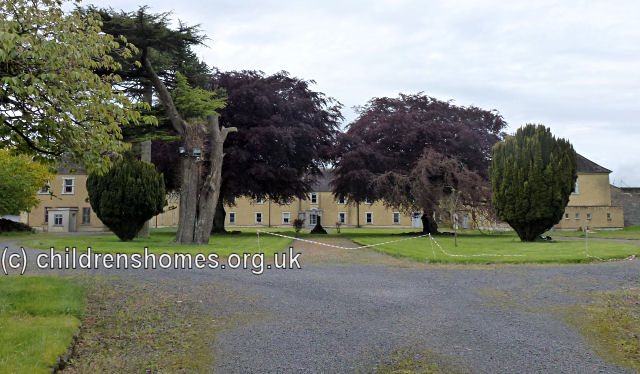
Former St Conleth's Reformatory main building from the south-east, Daingean, 2014. © Peter Higginbotham
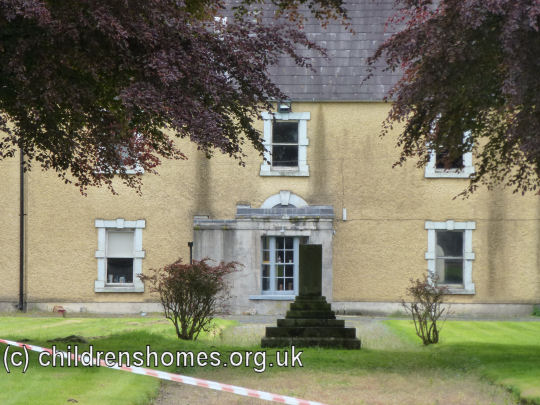
Former St Conleth's Reformatory main building from the south-east, Daingean, 2014. © Peter Higginbotham
In September 1934, St Conleth's was closed and the boys were transferred to the Reformatory at Glencree. The St Conleth's site was then used by the Oblates as a seminary known as St Mary's Scholasticate.
In 1939, the very poor state of the buildings and facilities at Glencree led to plans for its closure and the construction of a replacement institution. With the onset of the Second World War, however, the scheme was abandoned and the Glencree inmates were instead transferred back to the St Conleth's site where additional accommodation was to be provided. On August 6th, 1940, members of the Garda — attired in plain clothes — escorted 205 boys from Glencree to Daingean, along with a large open truck carrying mattresses and bedclothes.
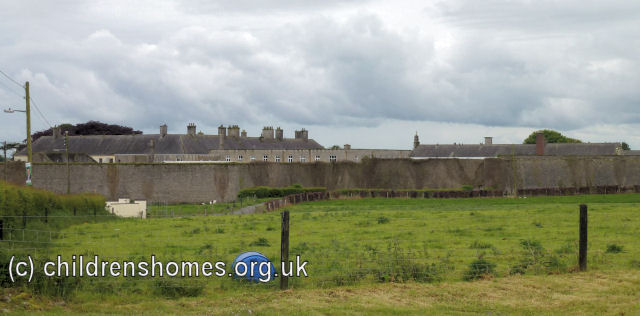
Former St Conleth's Reformatory site from the north, Daingean, 2014. © Peter Higginbotham
St Conleth's finally closed on 31st October 1973, with the last boy having being admitted to the institution on 31st May 1973. The site has since been in the care of the Office of Public Works and used for the storage of artefacts.
Records
Note: many repositories impose a closure period of up to 100 years for records identifying individuals. Before travelling a long distance, always check that the records you want to consult will be available.
- Barnardo's Origins Tracing Service — for people (and their families) who spent all or part of their childhood in an Irish Industrial School and are interested in tracing information about their parents, siblings or other relatives.
- Irish Petty Sessions Court Registers 1828-1912 (available online to subscribers of FindMyPast) include details of committals to Irish Reformatories and Industrial Schools.
Bibliography
- Arnold, Mavis, and Laskey, Heather Children of the Poor Clares (2004, Appletree Press)
- Barnes, Jane Irish Industrial Schools 1868-1908 (1989, Irish Academic Press)
- Dunne, Joe The Stolen Child: A Memoir (2003, Marion Books)
- Rafferty, Mary and O'Sullivan, Eoin Suffer the Little Children: The Inside Story of Ireland's Industrial Schools (1999, New Island Books)
- Touher, Patrick Fear of the Collar: Artane Industrial School — My Extraordinary Childhood (1991, O'Brien Press)
- Tyrrell, Peter and Whelan, Diarmuid Founded on Fear: Letterfrack Industrial School (2006, Irish Academic Press)
- Wall, Tom The Boy from Glin Industrial School (2015, Tom Wall)
Links
- Glencree Reconciliation Centre (former Reformatory site)
- The Commission to Inquire into Child Abuse
Except where indicated, this page () © Peter Higginbotham. Contents may not be reproduced without permission.


